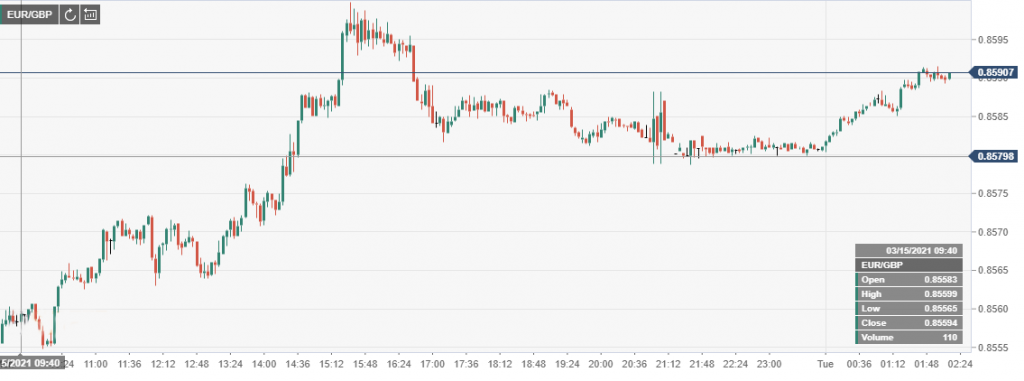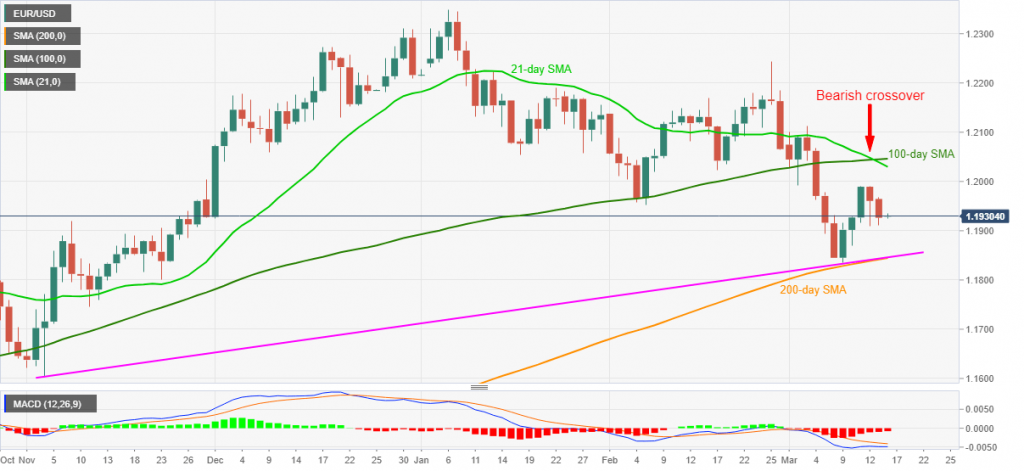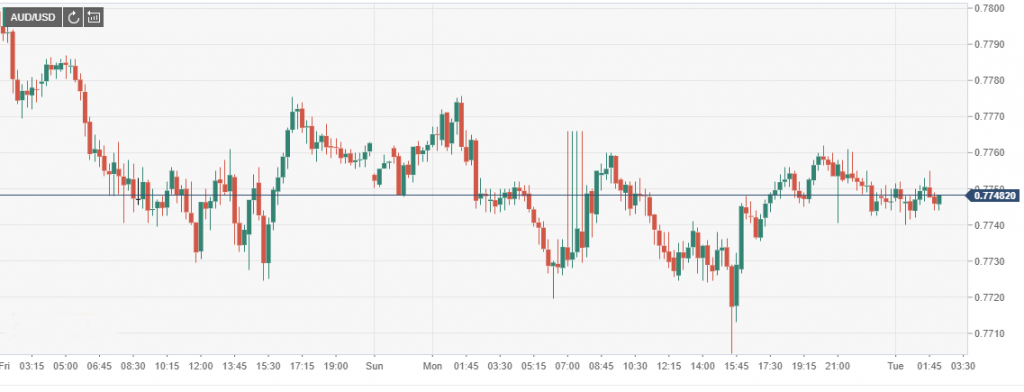
- The euro remains under pressure amid growing concerns over the third wave of coronavirus infection, which could trigger Germany’s lockdowns.
- On the other hand, the British pound continues to hold firm amid increased optimism about economic recovery ahead of the BOE meeting on Thursday.
- Gold appears to have regained its status as a header against rising inflation, having found support above the $1,725 handle amid dollar strength.
The third wave of coronavirus infection is emerging as the immediate tailwind taking a significant toll on trader’s sentiments on the British pound and the euro. Chatter about a return to lockdown is already gathering pace amid growing concerns over the spread of a British mutation proving to be more aggressive.
COVID fears
German doctors calling for the immediate lockdown to avoid the third wave are already eliciting concerns, conversely weakening the euro’s sentiments. Another lockdown would be disastrous for a struggling Eurozone economy that is yet to bounce back from the shocks triggered by the first and second wave of COVID-19 infections.

The EUR/GBP pair exchange rate continues to hold steady near the 0.85 level as euro traders remain wary of a third wave’s potential impact on the economy. If Germany, the biggest economic block in the region, goes into lockdown, the euro will likely weaken across the board.
The euro is already under pressure as fears of extended lockdowns continue to limit the extent to which the Eurozone economy will recover in 2021. The currency fell back to the $1.18 level amid soaring sell-off pressure.

On the other hand, the British pound is holding steady on the Bank of England governor, Andrew Bailey reiterating that the UK’s economy continues to exceed the Bank’s forecast.
In recent weeks, UK business confidence has jumped to the highest level since 2015, mostly fuelled by the rollout of the COVID-19 vaccine that has led to the economy opening. Likewise, optimism towards improved business activity and employment has improved significantly.
FOMC in focus
Across the Atlantic, the US dollar also continues to hold firm against the majors on currency yields bouncing back to near one-year highs. A rebound on Monday came ahead of the much-awaited Federal Reserve’s Tuesday’s and Wednesday’s meetings for March.
While the FED is most likely to leave the US interest rates unchanged, attention will be on whether the Bank will move to curtail a further spike in yields. Rising yields are emerging as a significant concern given their long-term impact on borrowing costs. The last thing that the Bank needs is borrowing costs to rise significantly, as this will pose significant risks to an economy struggling to bounce back.
Ahead of the FOMC meeting report, the market also awaits the Bank of England report on Thursday, which could help shed more light on the policy front. Similarly, attention will also be on the Bank of Japan later on the week as the Bank also releases its policy meeting minutes.
Gold resiliency
Amid the dollar strength, gold also continues to hold firm, having regained its status as a hedge against rising inflation. For a second day running, the yellow metal rallied even as the greenback held firm near one-year highs.

The gold price for April delivery was up by 0.6% or $9 to the $1,730 level, having touched season lows of $1,696 on Friday. Gold resilience amid a strengthened greenback might as well hint that the markets are becoming increasingly comfortable with the prospects of higher inflation.
RBA disappoints
In contrast, the Australian dollar came under pressure on Tuesday as downbeat Reserve Bank of Australia minutes rattled the markets. The AUD/USD pair fell by as much as 0.15% as the policymakers raised concerns about the country’s employment sector, having also reiterated plans to keep an easy money policy.

The RBA also suggested no rate hike soon unless inflation and employment targets are met. The AUD’s weakness stems from the fact that the statement offered little insight on the RBA monetary policy going forward.








Leave a Reply